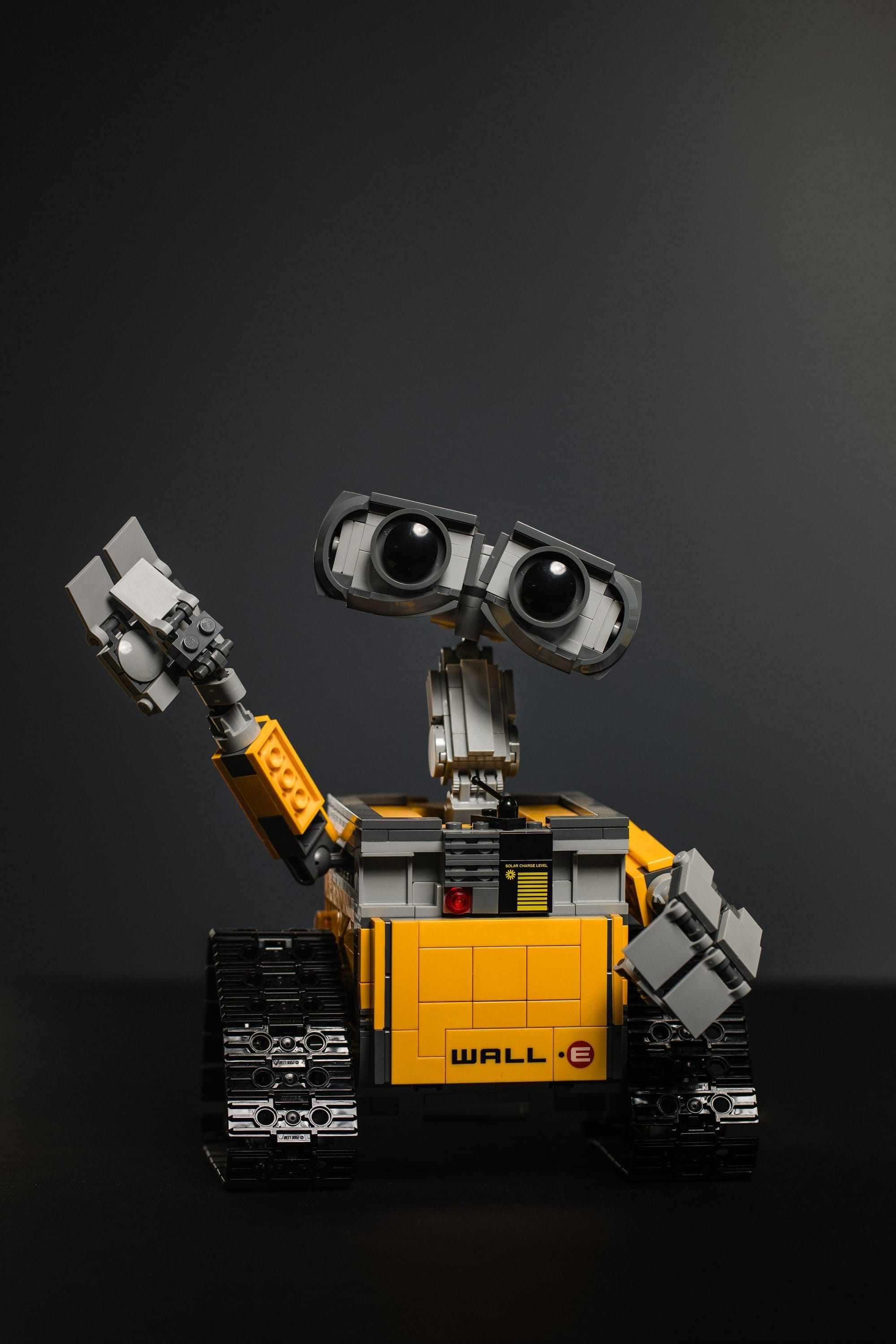AI Telco Operations: More value in, more value out

Running large telecommunications networks has always been a complex and costly undertaking. So, it’s no surprise that operators are looking to AI to help them control costs and improve quality for their end-users. In particular, AI promises to help telcos in three critical areas of their operations:
- Network planning
- Network optimization
- Fault resolution
Network planning
Network relies on historical data to predict growth and trends and enable operators to keep pace with demands. But it’s hard for human planners to identify new trends and deviations from previous patterns. AI can add a new level of responsiveness and correlate many more factors than has previously been possible, to trigger capacity upgrades in certain locations, for example.
Network optimization
Network optimization balances subscribers and traffic across the available infrastructure to cost-effectively deliver high-quality service. Traditionally, telcos had to optimize their networks manually, but with thousands of nodes, many different equipment types, and millions of subscribers, it is both labor-intensive and impossible to approach 100% efficiency. AI systems can help operators take advantage of real-time data on a highly granular level to predict user behavior and optimize the network accordingly.
Fault resolution: detection, root-cause analysis and prediction
Faults and equipment failures are inevitable in any telco network, and this is an area in which AI can play a key role. AI can help detect faults that are not initially obvious, and also identify complex root-causes. Perhaps most importantly, AI brings the potential to predict and resolve faults before they have even happened.
AI in a disaggregated network
But if the potential for AI to revolutionize telco operations is immense, AI can only ever be as good as its input data. And fortunately, there is a parallel shift happening to telco infrastructure that can provide a step-change in the way AI can extract data from the network. That shift is toward network disaggregation, where open hardware and software are sourced separately and independently of one another. Why does that matter to AI? Quite simply, because disaggregation provides the easiest, largest and fastest source of data extraction for AI systems to consume.
Modern disaggregated network operating systems, like those from RtBrick, can supply more information than has ever been possible. Every piece of conceivable data can be extracted, from packet forwarding statistics to the speed of the fans on the underlying hardware.
It’s also far simpler to extract the data than from traditional monolithic network systems, using open APIS. RtBrick’s NOS (Network Operating System) goes even further, by storing every single piece of data in a single common data store, allowing a common telemetry process to extract anything that is desired in the same way.
The NOS can also move from pull to push mode. An AI system can subscribe to any event and receive instant notifications, so it can respond faster to imperceptible changes in the underlying network.
A modern NOS, like RtBrick’s, runs distinct microservices, one for a routing protocol, and another for a management function, for example. This gives the AI systems visibility into all the functions that go on within and between these microservices, allowing them to learn behavior from individual processes or correlate interactions between them and other network events.
So, a modern disaggregated router can enable individual subscriber data to be associated with access-line information to predict failures at the optical level. Intermittent instability of link state tables can be used to diagnose root causes of issues in the core and avoid subsequent catastrophic failures. Hardware fan speeds can help predict when resources will need to be upgraded. And every available data point can contribute to identifying and preventing DoS (Denial of Service) attacks.
So, as the old saying goes, if you put garbage in, you get garbage out. And when it comes to AI operations, the converse is also true. The more value you can input into your AI system, then the more value you will get out. And with disaggregation, that just got a whole lot easier.